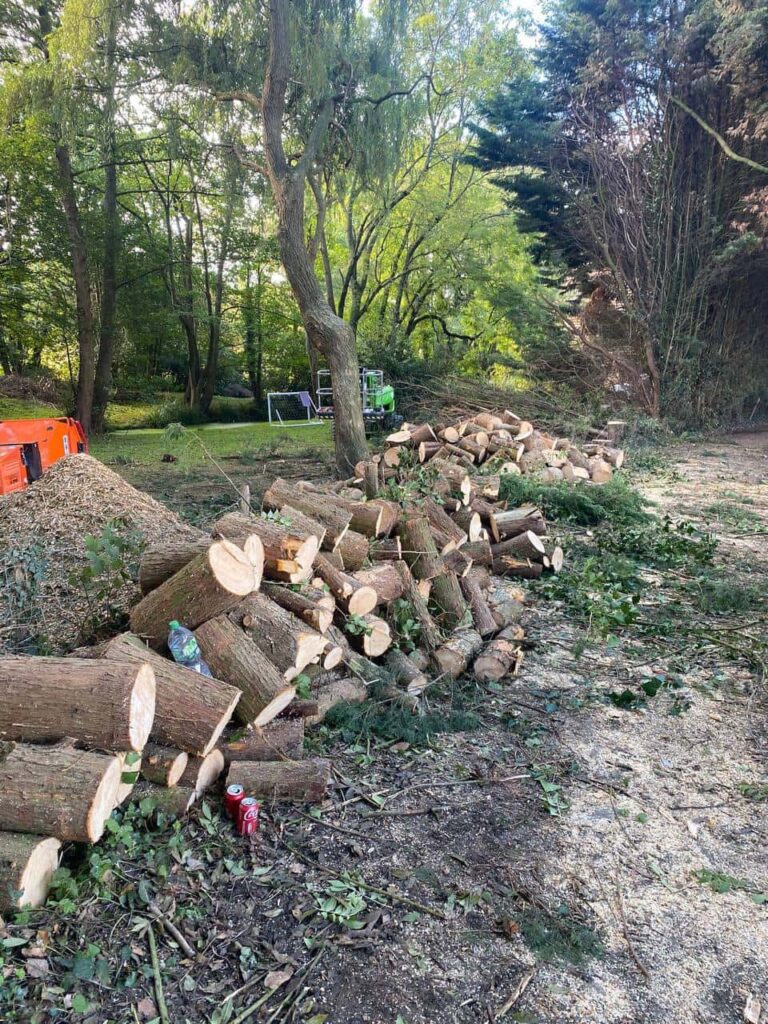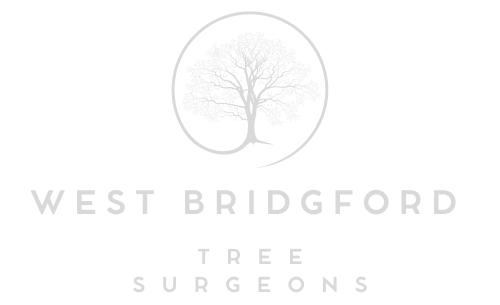Arborist vs. Lumberjack: Key Differences and Surprising Similarities
Introduction: In the world of trees and forestry, the terms “arborist” and “lumberjack” are often used interchangeably, but these two professions have distinct roles, responsibilities, and expertise. In this blog post, we’ll explore the differences and surprising similarities between arborists and lumberjacks, shedding light on the unique contributions each makes to the world of trees.
Arborists: The Tree Care Experts
Roles and Responsibilities:
Arborists are tree care specialists who focus on the health and maintenance of trees in urban and suburban environments. Their primary responsibilities include:
Tree Pruning: Trimming, shaping, and pruning trees to enhance their health and aesthetics.
Tree Removal: Safely removing trees that are dead, diseased, or pose a hazard to property or safety.
Disease Diagnosis: Identifying and treating tree diseases to ensure tree longevity.
Planting and Transplanting: Selecting and planting trees suitable for urban environments and transplanting mature trees when necessary.
Climbing and Rigging: Using specialised techniques to access various parts of the tree canopy for maintenance and removal.
Skills and Expertise:
Arborists require in-depth knowledge of tree biology, health assessment, and species. They use climbing techniques and specialised equipment, such as harnesses and ropes, to access trees safely. Additionally, they are skilled in pruning techniques and understand the unique needs of each tree.
Lumberjacks: The Timber Harvesters
Roles and Responsibilities:
Lumberjacks, also known as loggers or forestry workers, are primarily involved in harvesting and processing timber for various purposes, including construction, furniture, and paper production. Their key responsibilities include:
Timber Harvesting: Cutting down trees to utilise the wood.
Logging Operations: Transporting logs from the forest to processing facilities.
Forest Management: Implementing sustainable forestry practices to ensure long-term timber supply.
Equipment Operation: Operating heavy machinery, such as chainsaws and logging trucks.
Safety: Adhering to strict safety guidelines to mitigate the risks associated with logging.
Skills and Expertise:
Lumberjacks need proficiency in chainsaw operation, timber-cutting techniques, and an understanding of forestry practices and regulations. Safety is a paramount concern in the lumberjack profession, given the inherent dangers of logging.
Surprising Similarities
While arborists and lumberjacks have distinct roles, they share some commonalities:
Tree Knowledge: Both professions require a deep understanding of tree biology, species identification, and tree health.
Safety Awareness: Safety is a top priority for both arborists and lumberjacks. They undergo extensive training to mitigate tree work or logging operations risks.
Environmental Stewardship: Both professions have a role in preserving trees and forests. Arborists work to maintain urban trees, contributing to green spaces in cities, while lumberjacks focus on sustainable timber harvesting to protect forests.
Specialised Equipment: Both arborists and lumberjacks use specialised equipment tailored to their respective tasks, ensuring efficient and safe work.
Conclusion: Arborists and lumberjacks may have different roles and responsibilities, but they share a deep passion for trees and the environment. Both professions contribute to the well-being of forests and urban green spaces in their unique ways. At West Bridgford Tree Surgeons, we appreciate the expertise and dedication of arborists in preserving and nurturing trees in urban environments, recognising that their work complements the efforts of lumberjacks in sustainable forestry practices. Together, these professionals ensure the vitality of our tree-rich world.
Call us on: 0115 647 1188
Click here to find out more about West Bridgford Tree Surgeons
Click here to complete our contact form and see how we can help with your tree’s needs.

